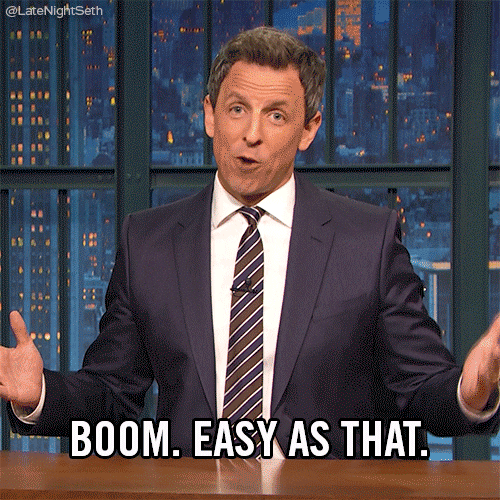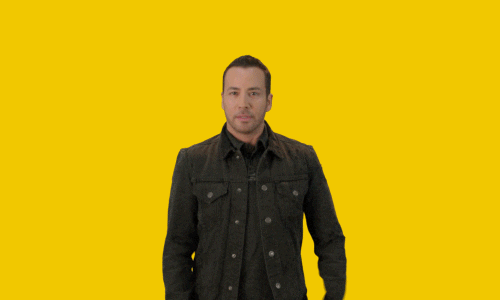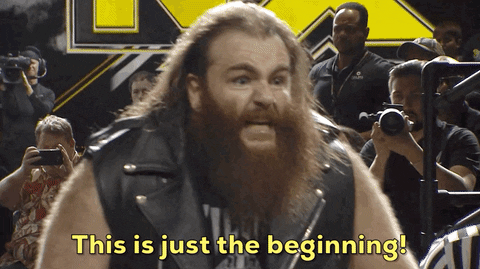What is content design and why does it matter?


Ash Billinghay Senior Copywriter
7 min read
Thursday, 20th January 2022
I’ll start by making a confession. When I first heard the term ‘content design,’ I scoffed. Marketing has a habit of inventing new terms every once in a while, and I, being a cynic, thought this was just another example.
The following blog post is where I prove myself wrong, and show you how it’s not something you should scoff at either.
What even is content design?
Content design is a mix of writing, UX and accessibility. It’s creating content in a way that makes it easy for people to perform an action.

Let’s say, for example, you wanted a website with a sole purpose of selling one brick. To content design this site, you’d have to make it as simple as possible for someone to buy that brick. You’d have a clear header saying something like ‘Brick for sale,’ followed by a picture of said brick, and a button saying ‘Add brick to basket’.
Your brick website has been content designed. The copy, the layout and the design of the page have all been considered to make one action effortless.
Obviously, most websites have more than one purpose. But if you apply that logic to all the different elements, you’ll have a good idea of why content design matters.
To see content design in practice, just check out the government's website. This is often used as the 'go-to guide' for any budding content designers, as it takes very complex information and makes it easy to find.
Channel 4 also do very well. Their site takes accessibility very seriously, making all their content understandable no matter who is looking at it.
Isn’t content design just another way of saying copywriting?
This is exactly what my cynical past self thought, but past me was wrong.
Someone once told me that ‘copywriting promotes a product, content design makes it easy for people to buy it’. That’s the best way I can think to explain the difference; one is about selling, the other is about converting.
Sure, copywriting plays a big part in content design. There will still be parts of all websites where selling is required, but there will equally be parts where it’s not. It’s also a multi-disciplinary skill - it attracts people from both copy backgrounds and design backgrounds in equal measure, and knowledge of both is important to make it a success. A content designer has to be just as comfortable with text, images and video.
What’s the difference between content design, content strategy and UX?
Quite a bit, actually.
While content design may form part of a content strategy, that will only be one of many areas we look at. We’ll also look at how a brand will use its content over the next 12 months, taking into account things such as how blogs can improve keyword performance, how social media could drive more traffic to the website, how tone of voice should be evolved to better suit the audience, how videos and images could play their part, and how every aspect of a brand’s content could work harder to deliver better results.
We don’t do anything by halves.
When it comes to UX, that’s often the bit that comes after content design. When we’ve decided how the content should work, UX comes in and ensures it looks good and makes sense for the end user.
Content design makes something useful. UX makes it so people can use it.
Why should I bother with content design?

You want people to buy stuff, right? Without considering content design, a website can easily look like something from the 90s. The internet wasn’t great then. We don’t want that. Your audience is also tech savvy. They know how websites should feel when they use them, they know where buttons should be, they know if something doesn’t feel right. Without even realising it, they’ve got used to content design in everything they engage with online. If your site doesn’t meet their expectations, your competitor’s might.
But wait, there’s more!
Content design is also a great tool for SEO and accessibility, and the two go hand in hand.
For SEO’s sake, good content design makes your website clear and understandable, encouraging users to engage with it. The more people engage, the more search engines like your site.
When it comes to accessibility, content design makes your site, well, easy to access. Imagine reading your website through a screen reader - a tool people with visual problems use to navigate the internet. Depending on the quality of the screen reader, it could read every - single - thing on your website. That includes all the HTML that is usually hidden away behind the scenes, all the meta descriptions, all the secret coding you think no-one else will ever see.
That could easily take a headline that reads ‘Big headline here’ and turn it into something that sounds like ‘H1 bold capital b big headline here bold H1’.
Content design stops that happening.
If search engines think your site is accessible, and your brand is popular, your SEO is a much easier task. Google has even said accessibility could play a part in ranking one day. Watch this space.

How does content design work?
Let’s run through a potential content design brief for an imaginary client. They’re a fashion brand aimed at 20-something year-old girls, with aspirations to one day sponsor Love Island. We’ll call them niceclothes.com.
We start with the user needs
The first thing we do with any bit of content design is look at what the user needs. We need to know what niceclothes.com’s customers want from its site. How do they engage with it? How do they engage with rivals? What are their usual online shopping habits?
We analyse the user actions
From watching niceclothes.com’s customers, we can start planning what we need to create for them. Things like a navigation menu that tells both users and search engines what they can find on the site. A category page with clear links to all the different kinds of products, from summer dresses through to shoes and sales. A product page that shows them a clear view of what they’re buying, what size they’ll need it in, how they can order it, how they can return it and what other products it might go well with. A blog that reminds them how niceclothes.com understands them.
We test and learnA big part of content design comes down to trying things out and seeing if they work. That might not sound very scientific, but it helps us paint a really clear picture of how customers engage with our work, and lets us iron out any creases.
For niceclothes.com, we’d create a sample site using the things we’ve learnt from user testing and content analysis. This might just be a few pages or a full purchase journey. We then test it with some real customers (not just a mate in the office who we can easily bribe with tea). It’s amazing how often customers spot something you haven’t. Their actions might be different to what you predicted, they might find different pain points, they might just not like the colours you’ve used. This helps us learn and make things better, before we go back and test again.

We check for duplication
Once we’ve got a site our users are happy with, we double and triple check for duplication.
If multiple pages have the same function, search engines don’t know which one they should show, and users don’t know which one they should use. A linear, unique user journey helps eliminate this problem. Duplication can also be an issue for blog posts. If you keep writing about the same thing for the sake of SEO, search engines will spot it and harm your ranking accordingly. One-off blog posts that are correctly signposted will keep Google happy.
We maintain it
When the site goes live, we don’t just sit back and congratulate each other. We check it’s working, we check users are enjoying it, we check search engines are finding it, and we maintain it as we go along. Search engines like change - it shows the site is still active and that the content is up to date, and it also shows you’re constantly adapting to your users’ requirements.
What might be right for your customers when your site goes live, might not be so right for them a few months later. Testing and learning never stops.
In summary…
Content design makes websites easier to use and makes search engines rank them higher. It does all the hard work for the end user, ensuring a simpler, faster and more enjoyable online experience..
It all starts by understanding your audience, which is something we can help you with if you get in touch.
From there you can leave the rest to us. I’m a content design convert, and soon you will be too.
CTA1: See more on our blog
CTA2: Get in touch
CTA3: Return to home
